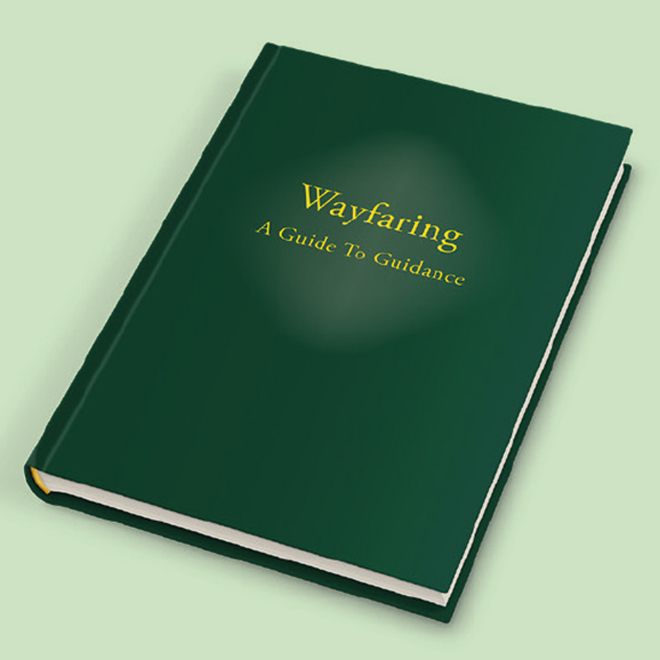Thought for the Week: Same time, same place
Patricia Gosling reflects on intuitive encounters
The youngest member of our clan paid us a visit recently. At just three years old, he has moved from the baby division of his nursery to the preschool section. He has learned to count from one to ten, and regaled us with his achievement with enormous satisfaction and enthusiasm, inviting us to join in the fun.
